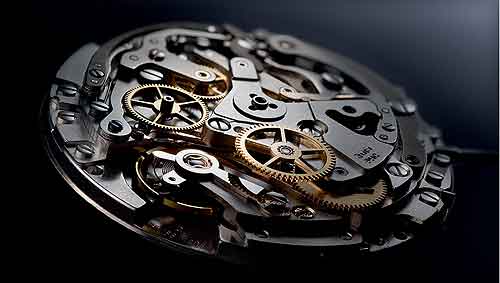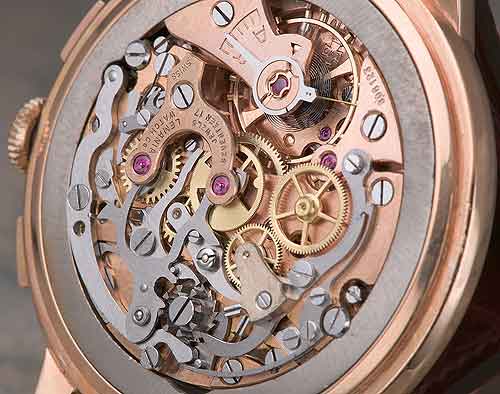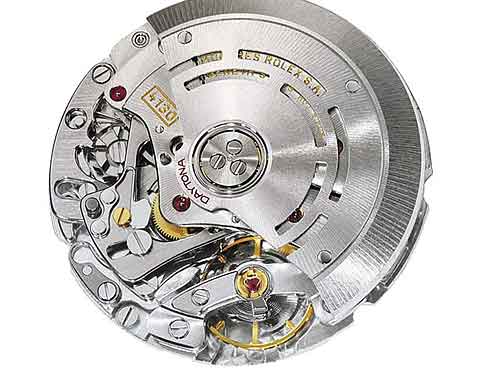From : http://www.watchtime.com
Personal Top 10 contains in-house manufactured movements as well as mass-produced movements from manufacturers such as Lemania. You will also note that I’ve included types with both column-wheel and lever mechanisms. Other considerations include aesthetics and other attributes, all based on my experience in watch collecting over the last 15 years.
1. Zenith El Primero
The El Primero was introduced in 1969 and the first two versions were Caliber 3019PHC (with chronograph and date) and Caliber 3019PHF (with triple date, moon-phase, and chronograph). This first automatic chronograph movement ever is a ‘fast ticker,’ with a frequency of 36,000 vibrations per hour (vph). Most chronographs at the time of its introduction were ticking at 18,000 vph or 21,600 vph. The 36,000 vph makes it possible to time intervals to 1/10th of a second. The El Primero movement as we know it today is an evolution of the very first Caliber 3019 movements. Over time, we’ve seen several brands other than Zenith using El Primero chronograph movements, including Movado, TAG Heuer, Ebel, and even some Rolex Daytonas (though Rolex made some adjustments to it). If you are really into chronographs, you need at least one watch with this movement inside it.
![Image]()
Personal Top 10 contains in-house manufactured movements as well as mass-produced movements from manufacturers such as Lemania. You will also note that I’ve included types with both column-wheel and lever mechanisms. Other considerations include aesthetics and other attributes, all based on my experience in watch collecting over the last 15 years.
1. Zenith El Primero
The El Primero was introduced in 1969 and the first two versions were Caliber 3019PHC (with chronograph and date) and Caliber 3019PHF (with triple date, moon-phase, and chronograph). This first automatic chronograph movement ever is a ‘fast ticker,’ with a frequency of 36,000 vibrations per hour (vph). Most chronographs at the time of its introduction were ticking at 18,000 vph or 21,600 vph. The 36,000 vph makes it possible to time intervals to 1/10th of a second. The El Primero movement as we know it today is an evolution of the very first Caliber 3019 movements. Over time, we’ve seen several brands other than Zenith using El Primero chronograph movements, including Movado, TAG Heuer, Ebel, and even some Rolex Daytonas (though Rolex made some adjustments to it). If you are really into chronographs, you need at least one watch with this movement inside it.









